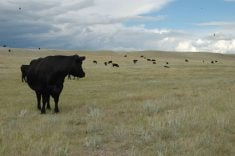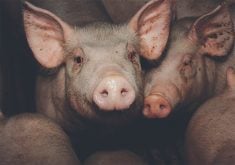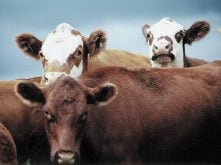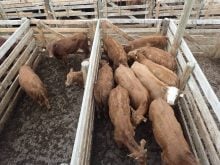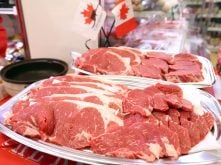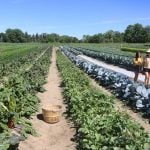QUEBEC CITY – In his second year as president of the Canadian Sheep Federation, Randy Eros has seen his industry turned upside down.
The major challenge has been closed borders due to BSE in Canada. Producers have had extra lamb to sell to Canadians.
“The border closure is a big weight on the shoulders of the industry right now,” he said in an interview at the World Sheep Congress in Quebec City July 22.
“There might be a few local markets that don’t feel the pressure,” said the Manitoba sheep producer.
Read Also
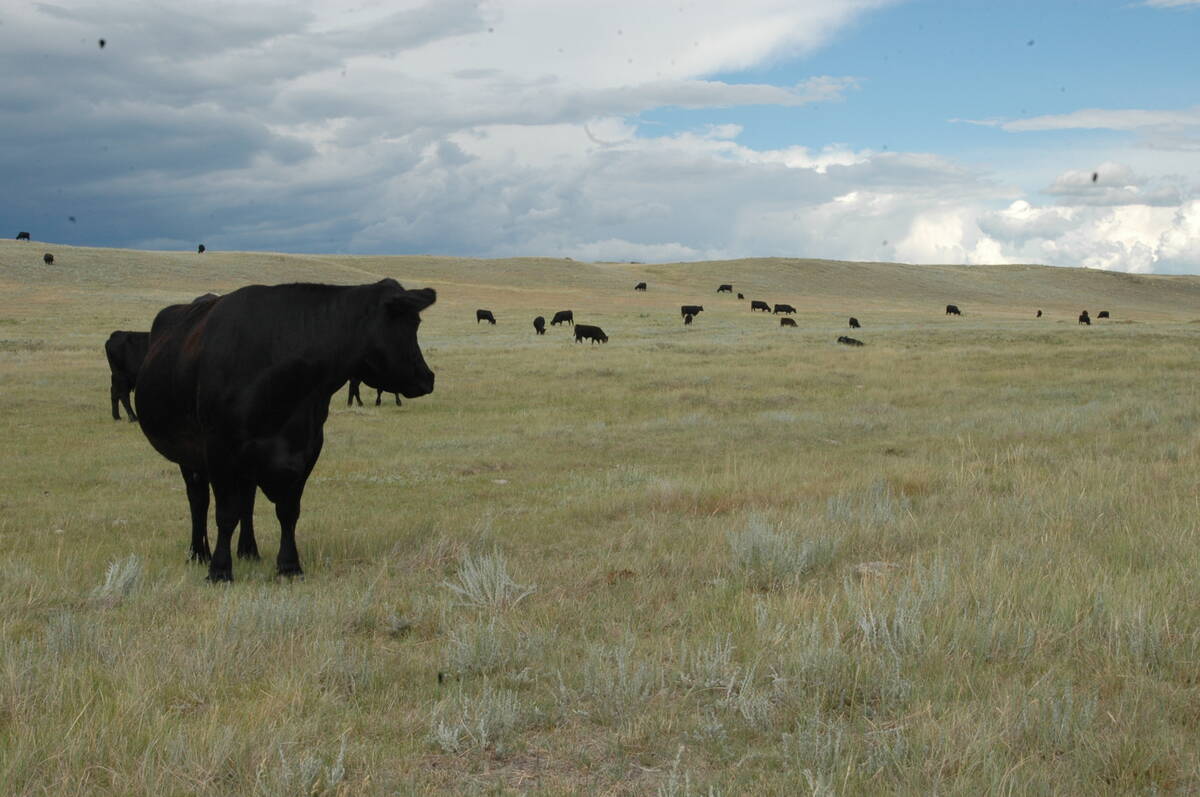
Saskatchewan Cattle Association struggles with lower marketings
This year’s change in the provincial checkoff has allowed the Saskatchewan Cattle Association to breathe a little easier when it comes to finances.
Canada supplies less than 50 percent of the meat eaten by the domestic market. However, lamb imports from places like New Zealand never halted so provincial sheep producer organizations stepped up promotions to encourage people to eat more of the Canadian product.
When the border closed May 20, 2003, there were already heavyweight lambs approaching 160 pounds live weight for the American market. Suddenly they had no place to go because Canada favours 100 pounders.
“Not only did we have to eat that extra 20 percent, but they were not the right type of lamb,” he said.
Canadians each consume about one kilogram of lamb annually.
The next major worry is how many more lambs might appear in this fall’s market. Toronto and Montreal absorb most of the country’s production. The surplus used to go to the United States.
One of the goals of his organization is to reduce Canada’s dependence on the U.S. live animal market and step up processing capacity here, Eros said.
So far, producers can only ship boneless lamb, which has not been highly successful. He and other industry representatives have travelled to the U.S. to plead their case.
The American sheep industry supported opening the border to animals younger than 12 months that would go direct to slaughter. The group also asked for clarification from the government on its rule regarding feedlots.
At the same time the Americans want an understanding on diseases like bluetongue.
When the Canadian cattle industry made concessions to allow free movement of animals from low risk states, it raised the alarm for sheep producers. Bluetongue is fatal for sheep.
“There is not a lot of benefit to our industry. The cattle industry took it as a show of goodwill,” Eros said.
However, the concessions for cattle did nothing to further anyone’s cause to reopen trade for livestock.
Sheep producers are concerned the disease could be deregulated. If it loses that status, prevention costs are loaded onto individual producers.
The issue will be discussed at the sheep federation’s annual meeting in Saskatchewan in November.
Other issues include an expanded national identification program.
Canadian sheep are individually identified with a pink curl lock tag. By the end of this year, that could switch to electronic tags similar to what is being used in Quebec. It will not be mandatory at this time because the tags cost about $3 compared to less than 35 cents for the pink tag.
The curl lock tag used across Canada provides traceback to the farm and other paperwork must be used to follow movement in case of an animal health problem. In addition, mandatory records of movement and status must be maintained regardless of the identification system used.
There are 13,000 Canadian producers raising fewer than one million sheep, with the average flock being 74 head. The largest flock is in Ontario at 270,000 head, followed by Quebec at 250,000 and Alberta at 175,000.



